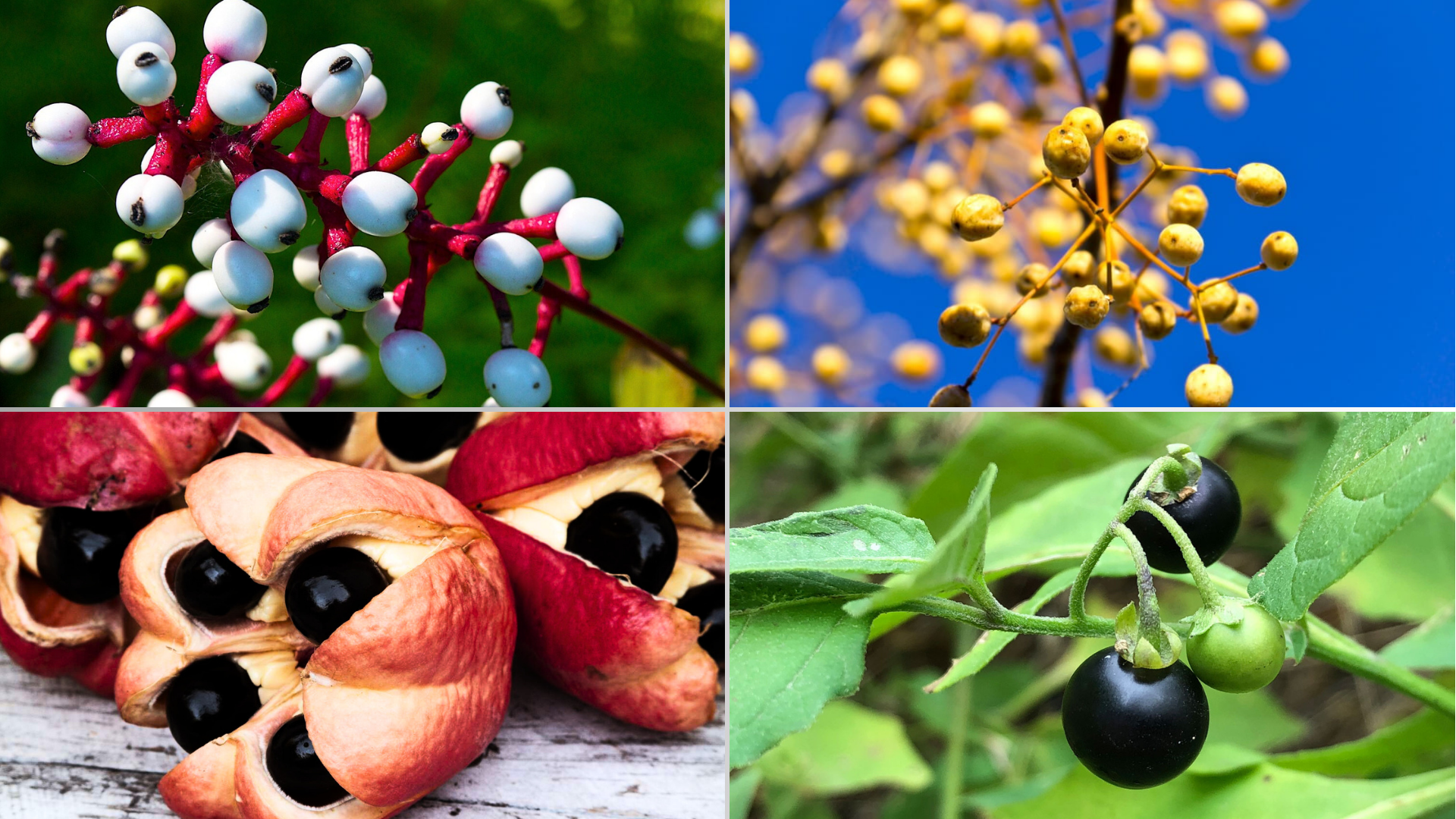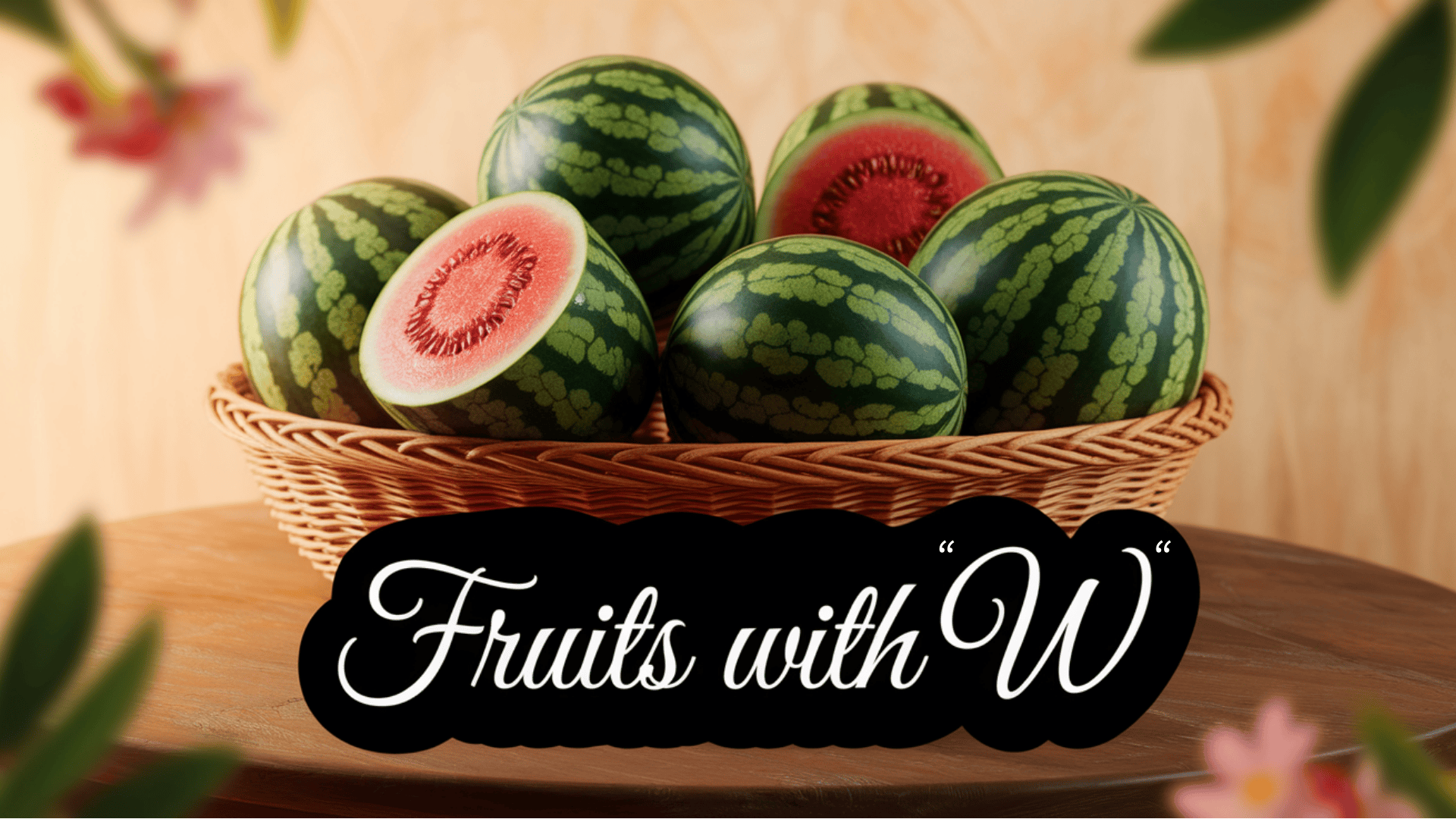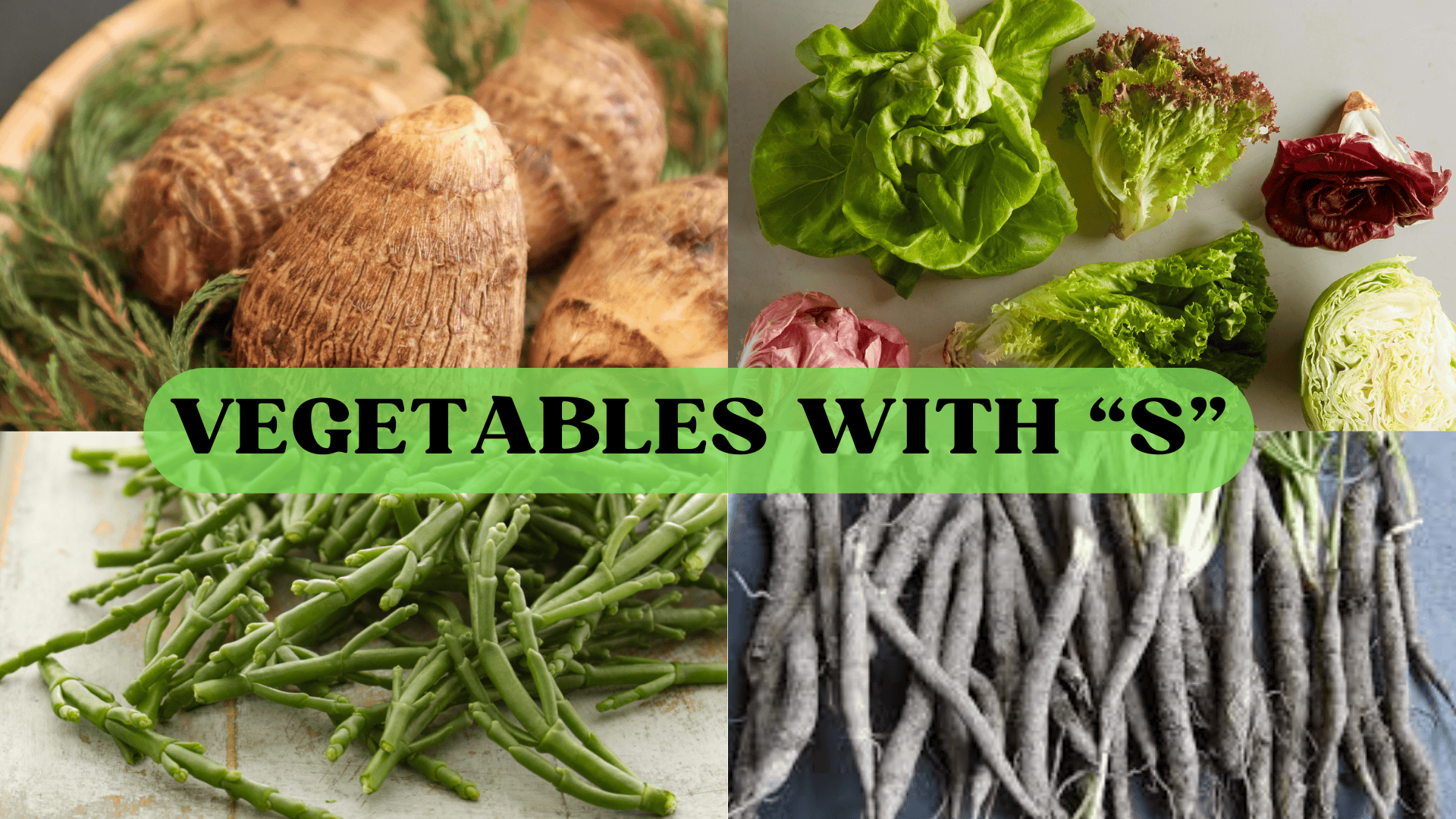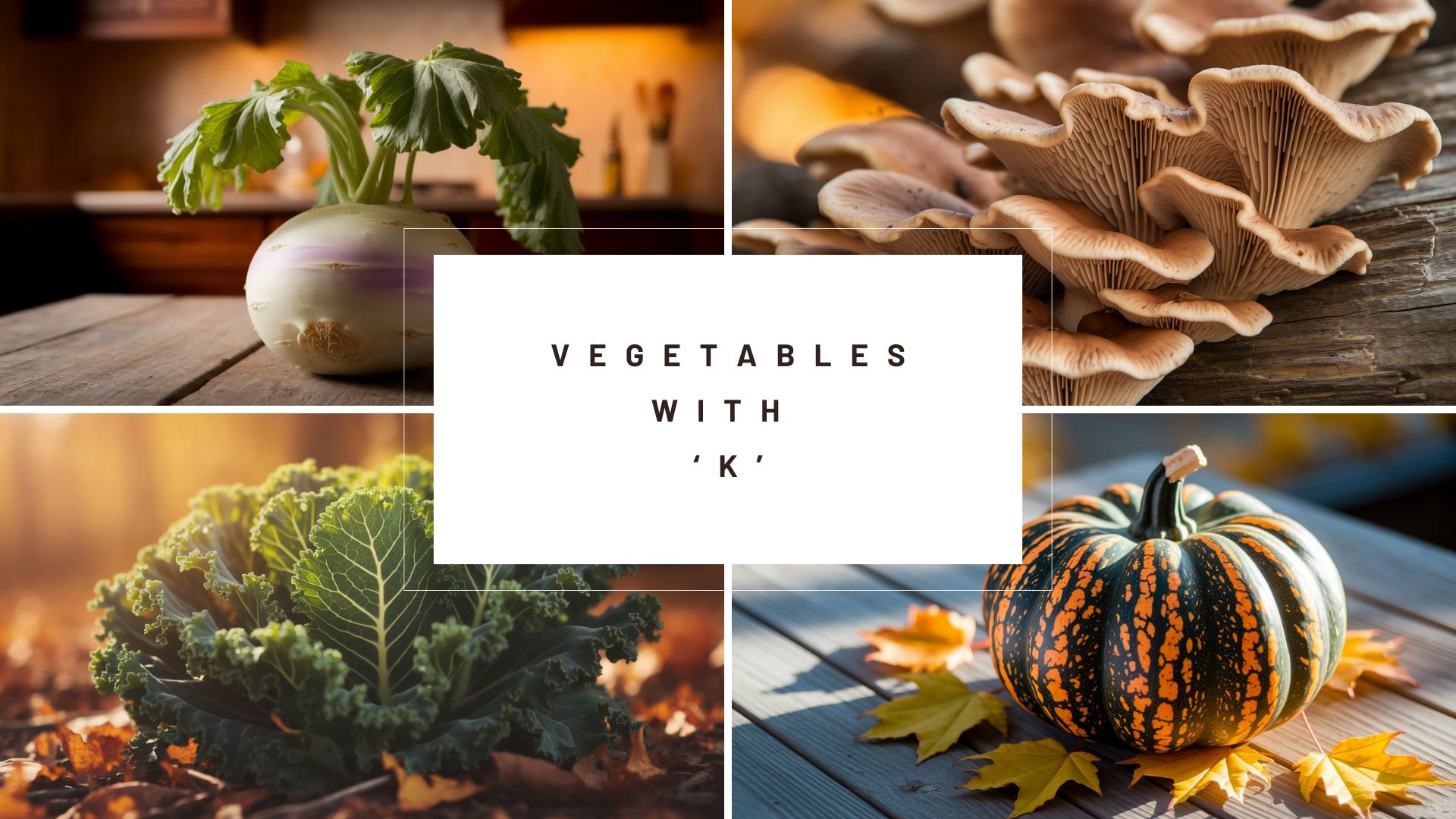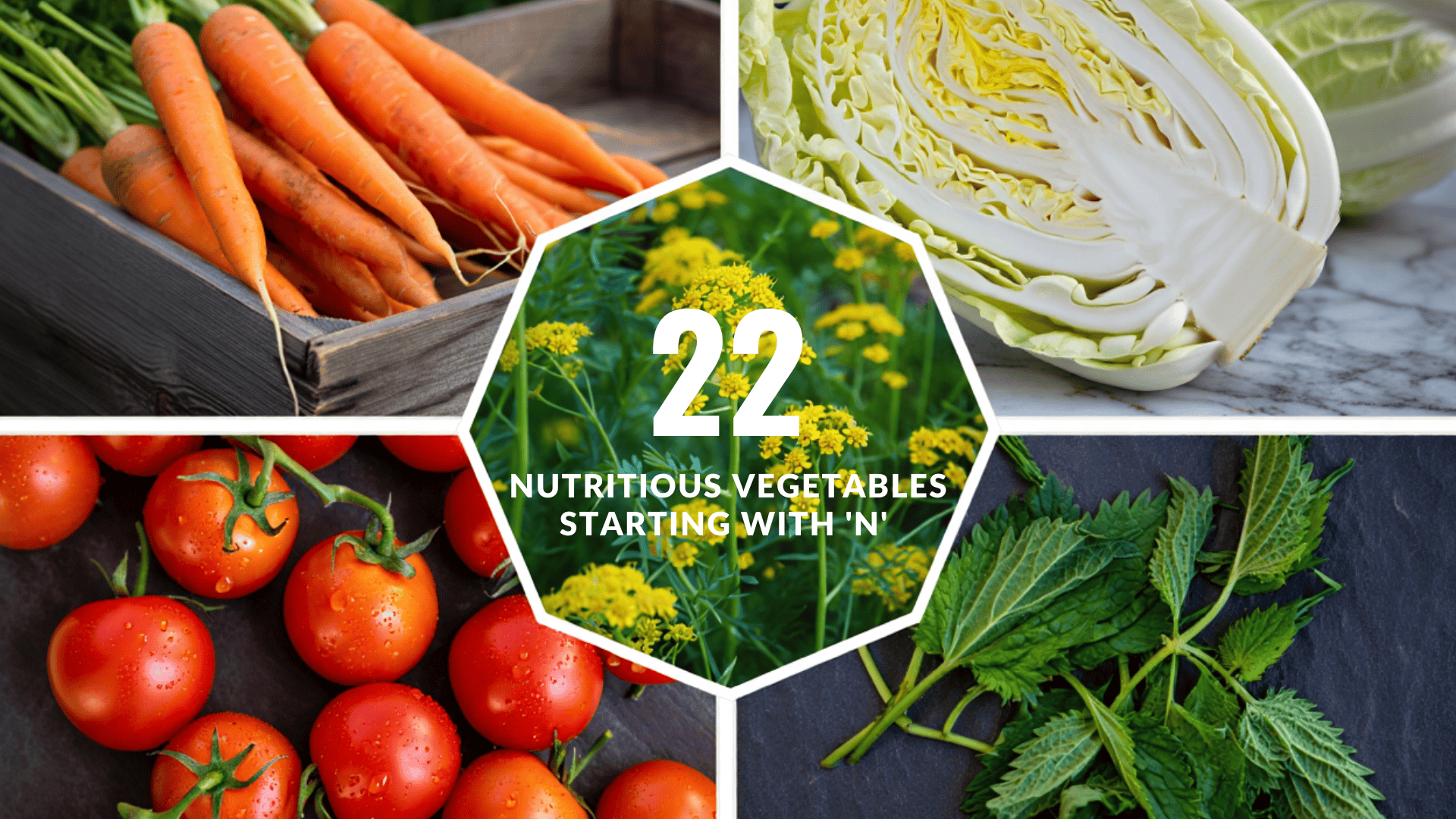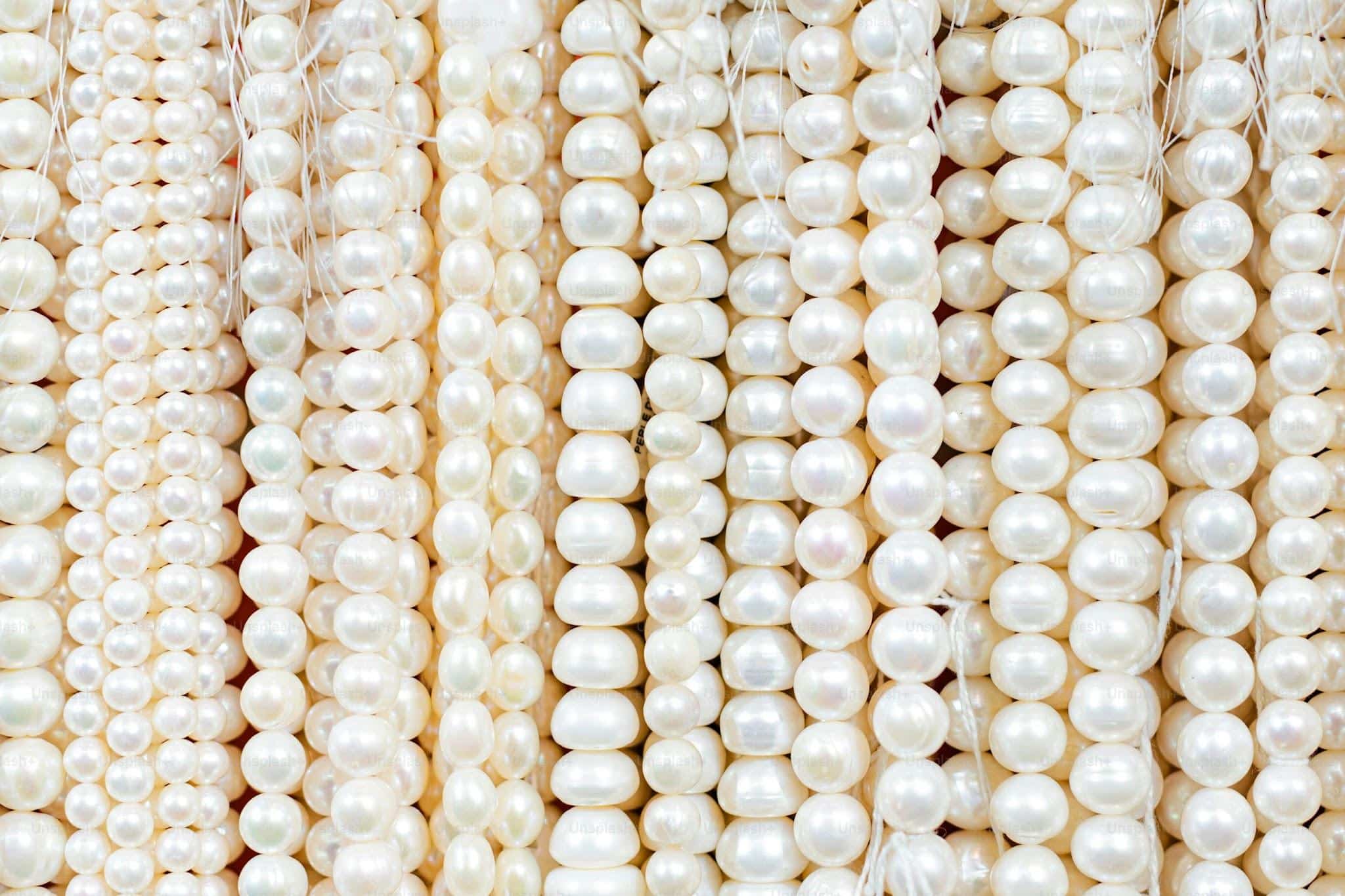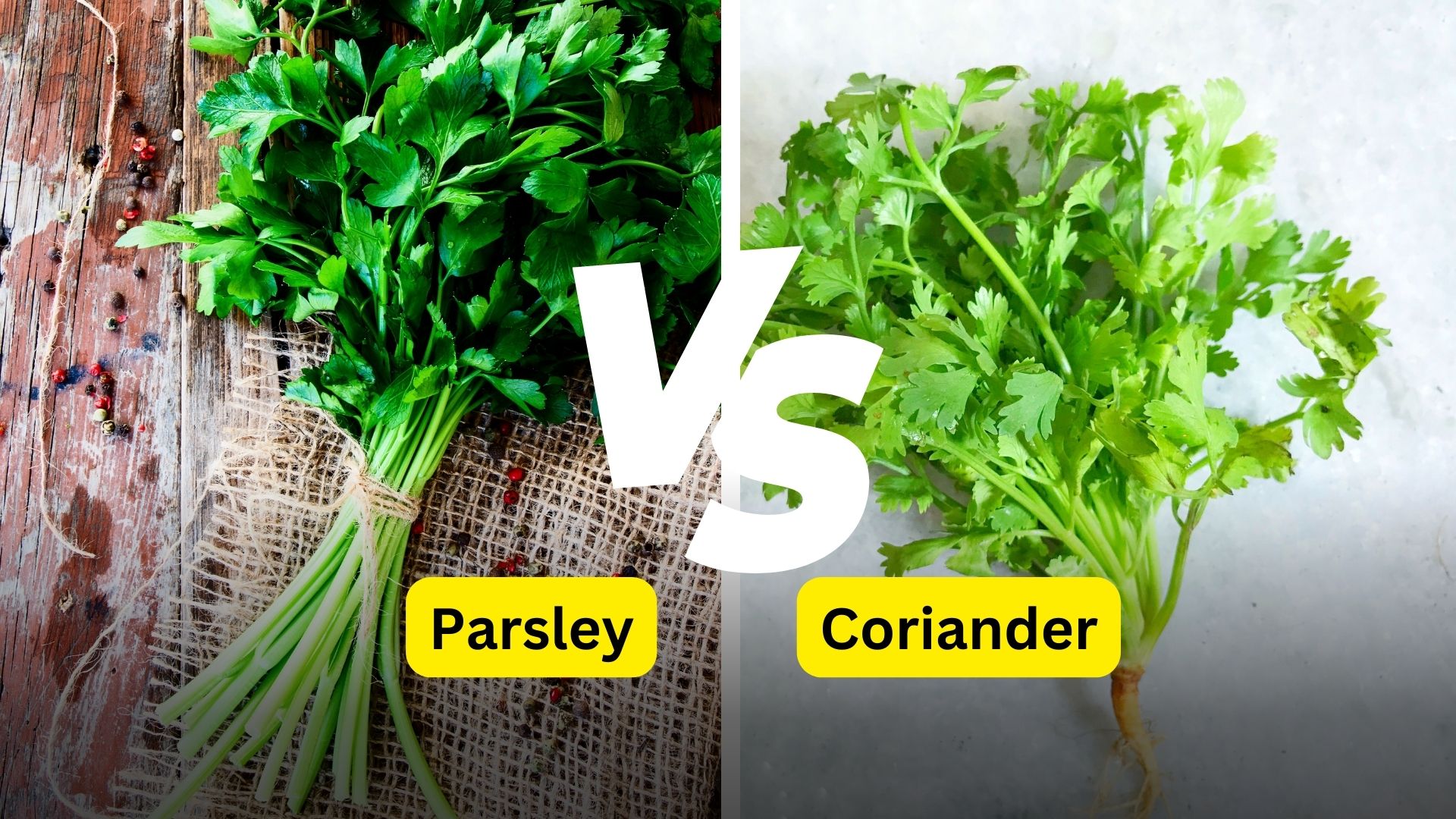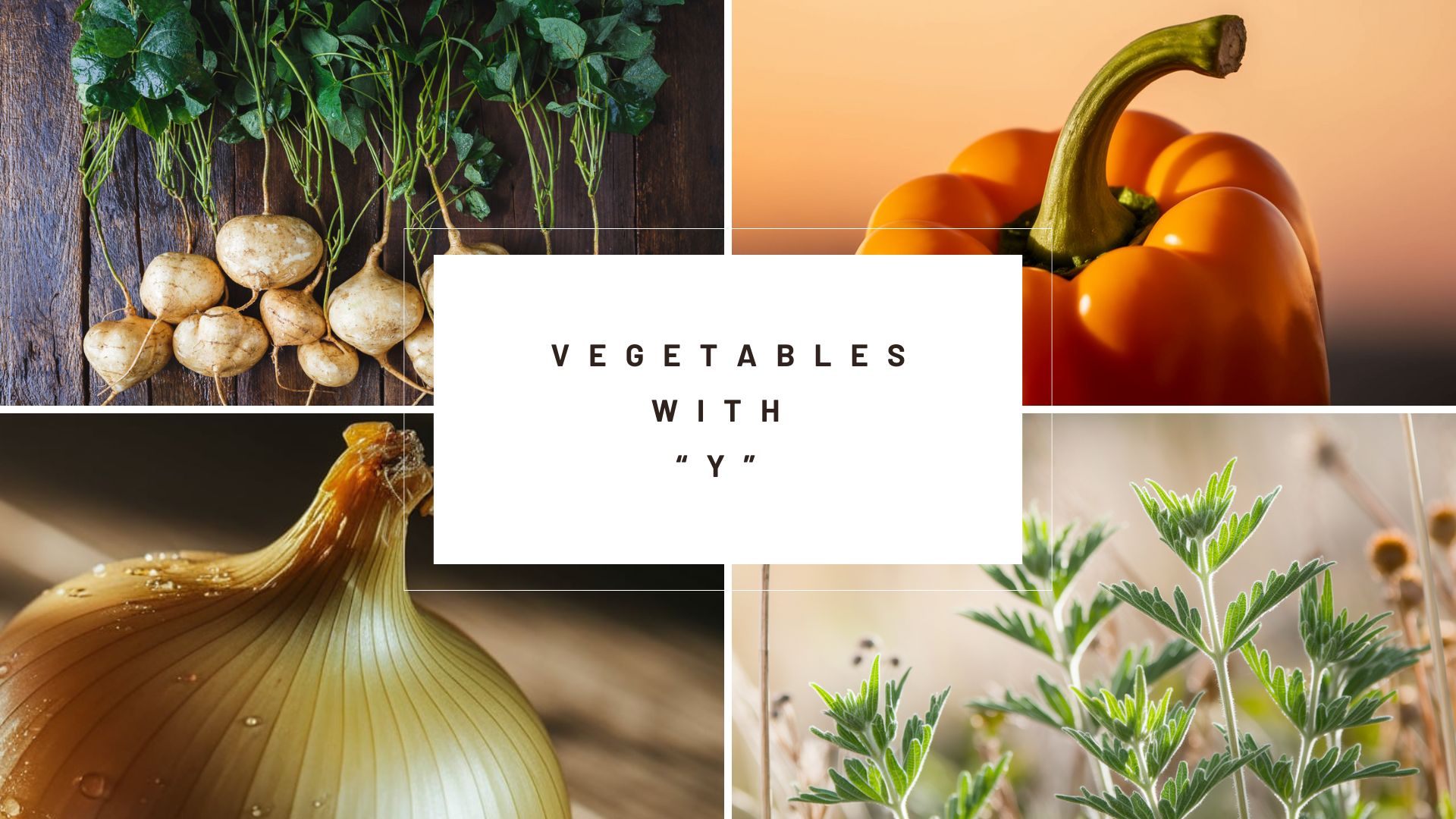
Vegetables are important foods that help our bodies stay healthy and strong. Some special vegetables have names that start with the letter Y.
These Y vegetables grow in different places around the world. Yellow squash is bright and sunny and tastes sweet.
Yams are big root vegetables with brown skin and orange insides that many people enjoy during the holidays. Yardlong beans grow very long – sometimes as long as your arm.
Yukon Gold potatoes have yellow flesh and are perfect for mashing. Young green shoots, like sprouts, are tiny vegetables full of nutrients.
These Y vegetables can be cooked in many ways – baked, fried, steamed, or even eaten raw in salads. Adding these colorful.
Adding vegetables to meals makes food look pretty and taste better while giving our bodies the vitamins and minerals they need to grow.
Yummy Vegetables That Start with Y You Should Try
1. Yam
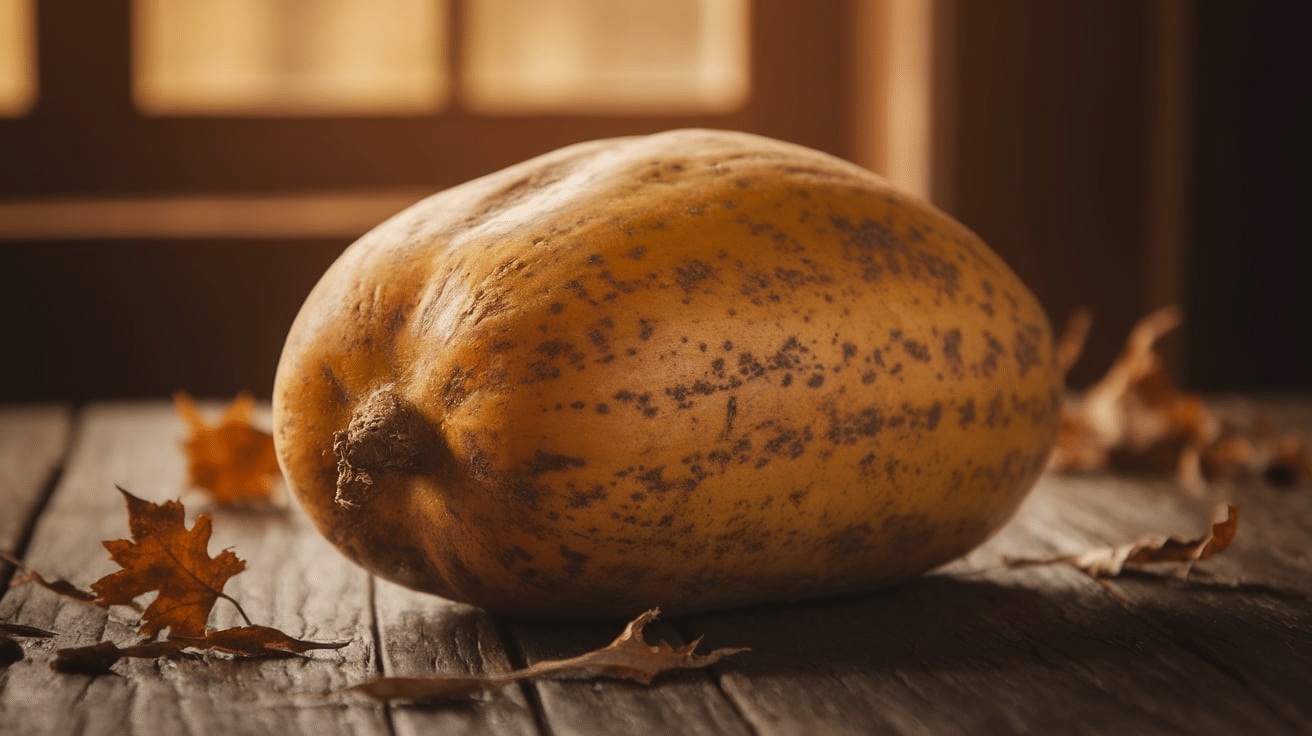
Yams are often used in savory dishes, from mashed and roasted to being added in casseroles. In many cultures, yams are a staple food, especially during holidays like Thanksgiving in the U.S. They are often paired with marshmallows or served as a side dish with meats.
- Mostly Found: Tropical and subtropical regions.
- Fun Fact: Yams are often confused with sweet potatoes, but they belong to different plant families.
- Nutritional Benefits: Packed with fiber to help with digestion and promote a feeling of fullness. High in vitamins A and C, supporting the immune system and skin health. A great source of potassium, which is essential for heart and muscle function.
2. Yardlong Bean
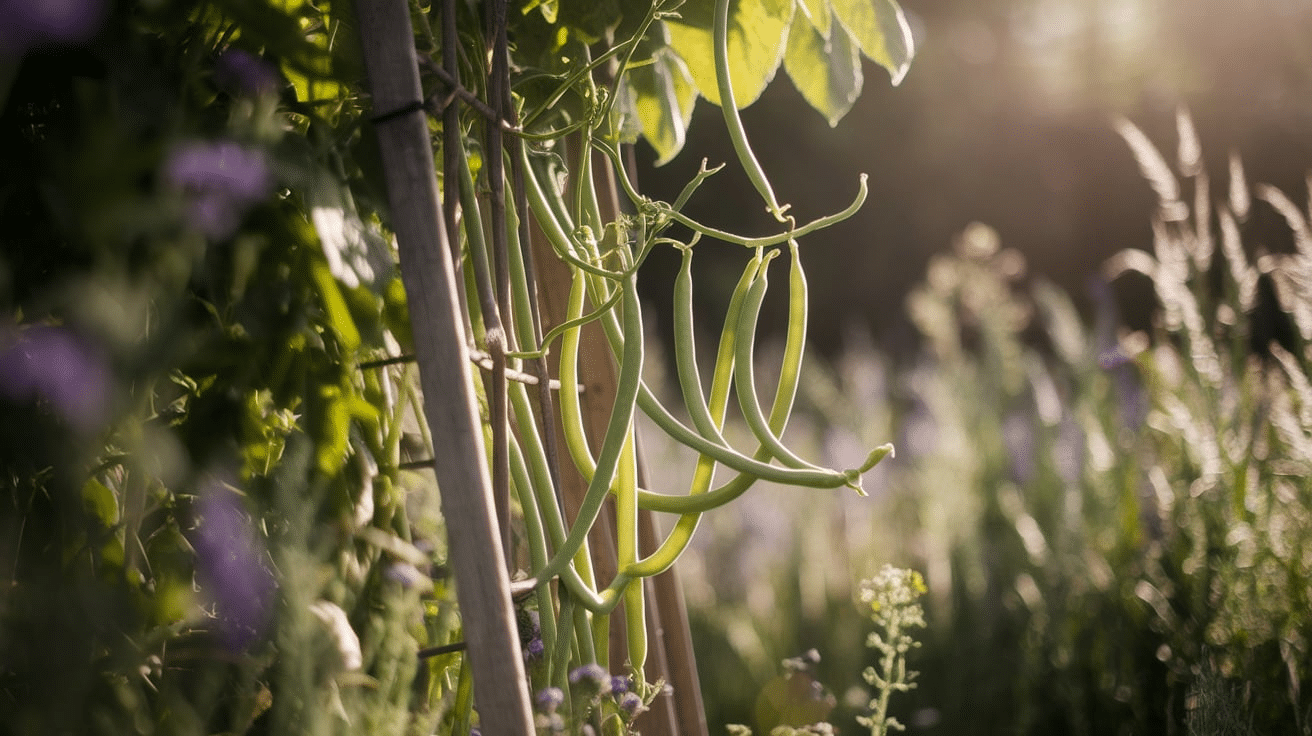
Yardlong beans are commonly used in stir-fries, soups, and salads. Their crisp texture and mild flavor make them a popular ingredient in Asian cuisine. To maintain tenderness, these beans are often picked before reaching full length.
- Mostly Found: Southeast Asia
- Fun Fact: Yardlong beans can grow up to 3 feet long, making them quite impressive in size.
- Nutritional Benefits: Rich in protein and fiber, making them an excellent choice for vegetarian and vegan diets. High in vitamins A and C, which help improve vision and strengthen the immune system. Supports healthy digestion due to the high fiber content.
3. Yellow Squash
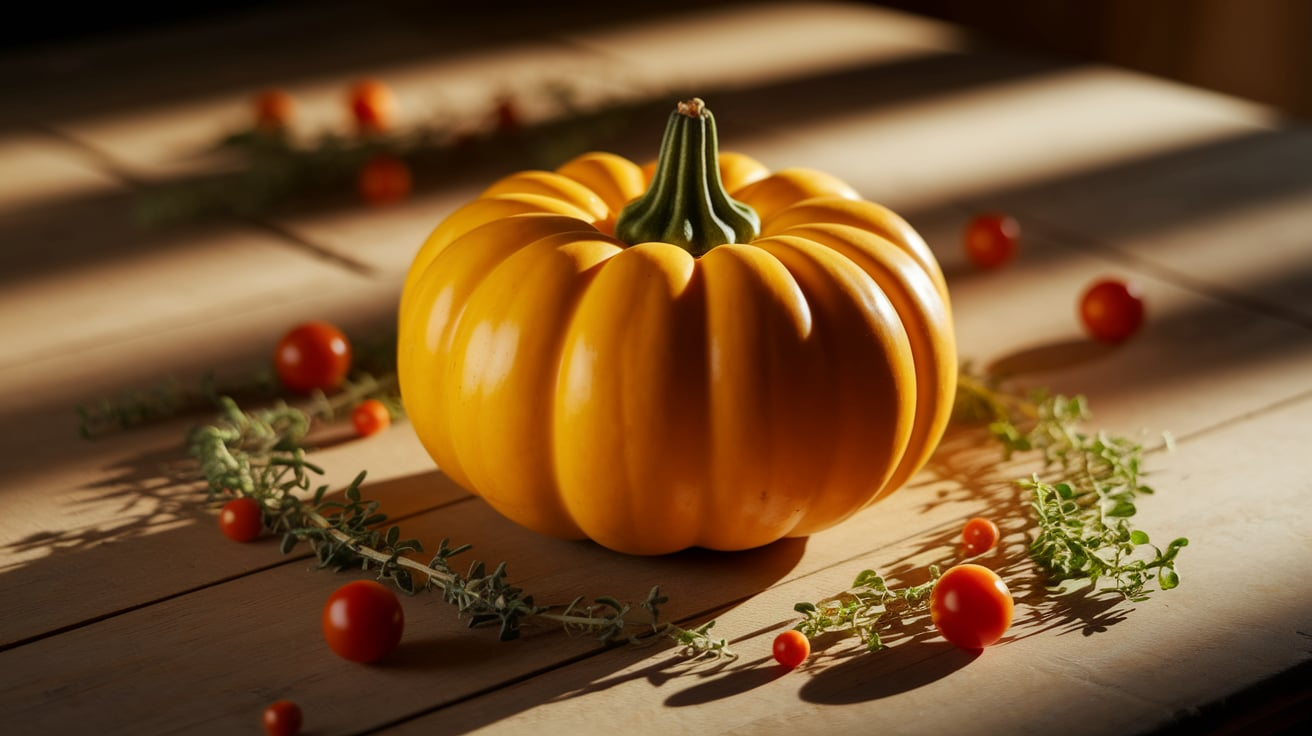
Yellow squash can be roasted, grilled, or sautéed for a variety of dishes. It’s often used in casseroles and stir-fries and can even be enjoyed in soups or as a side dish. Its mild flavor makes it a versatile vegetable in any kitchen.
- Mostly Found: North America
- Fun Fact: Yellow squash is sometimes called “summer squash” because it grows quickly during warm months.
- Nutritional Benefits: It is low in calories, making it a great option for anyone looking to maintain or lose weight. It is high in vitamin C, which supports a healthy immune system and vibrant skin. It also contains essential minerals, such as magnesium and potassium, which promote good bone health.
4. Yuca (Cassava)
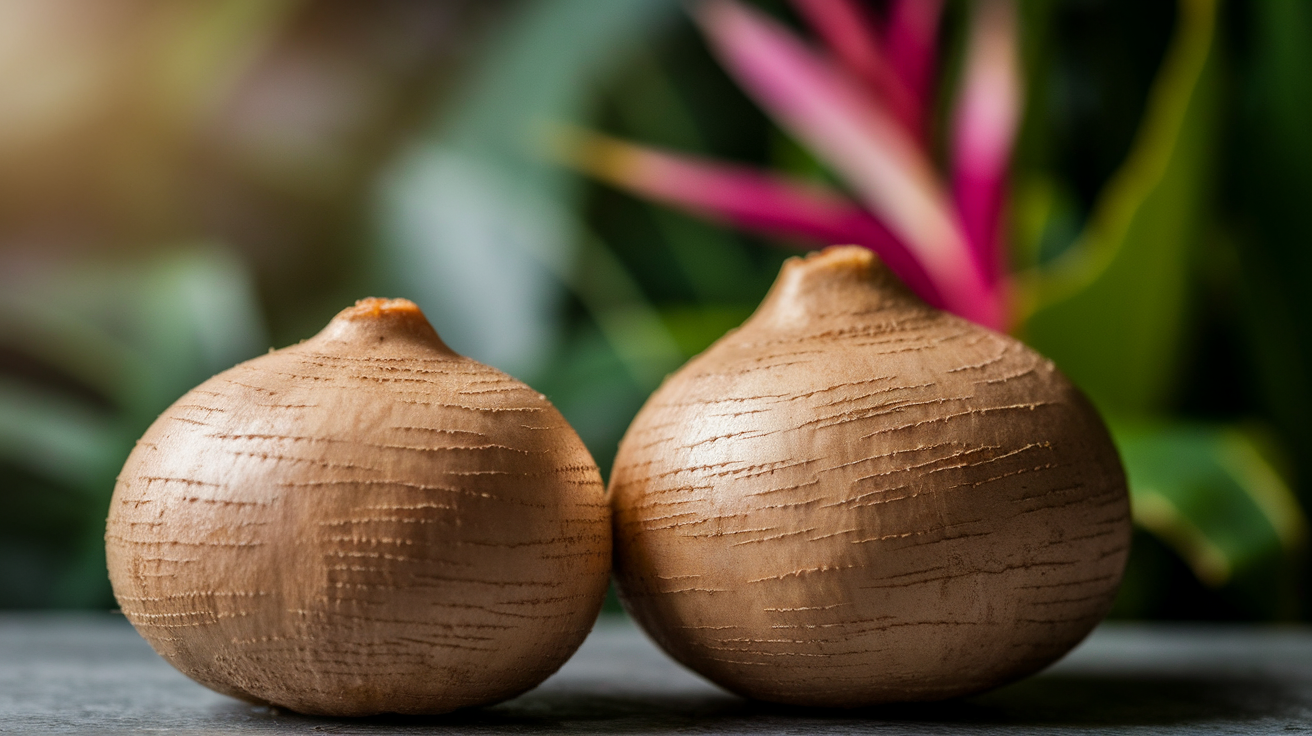
Yuca is commonly used to make tapioca, which is a key ingredient in many desserts. It can also be boiled, fried, or baked and is enjoyed as a side dish or in stews. In some countries, it’s ground into flour for baking.
- Mostly Found: South America, Africa, and Asia
- Fun Fact: Yuca must always be cooked before eating, as raw cassava contains toxic substances.
- Nutritional Benefits: High in carbohydrates, providing plenty of energy, making it a staple in many tropical diets. Rich in fiber, which supports healthy digestion and can help with weight management. Contains small amounts of vitamin C, which aids in immune function and skin health.
5. Yarrow (Young Leaves)
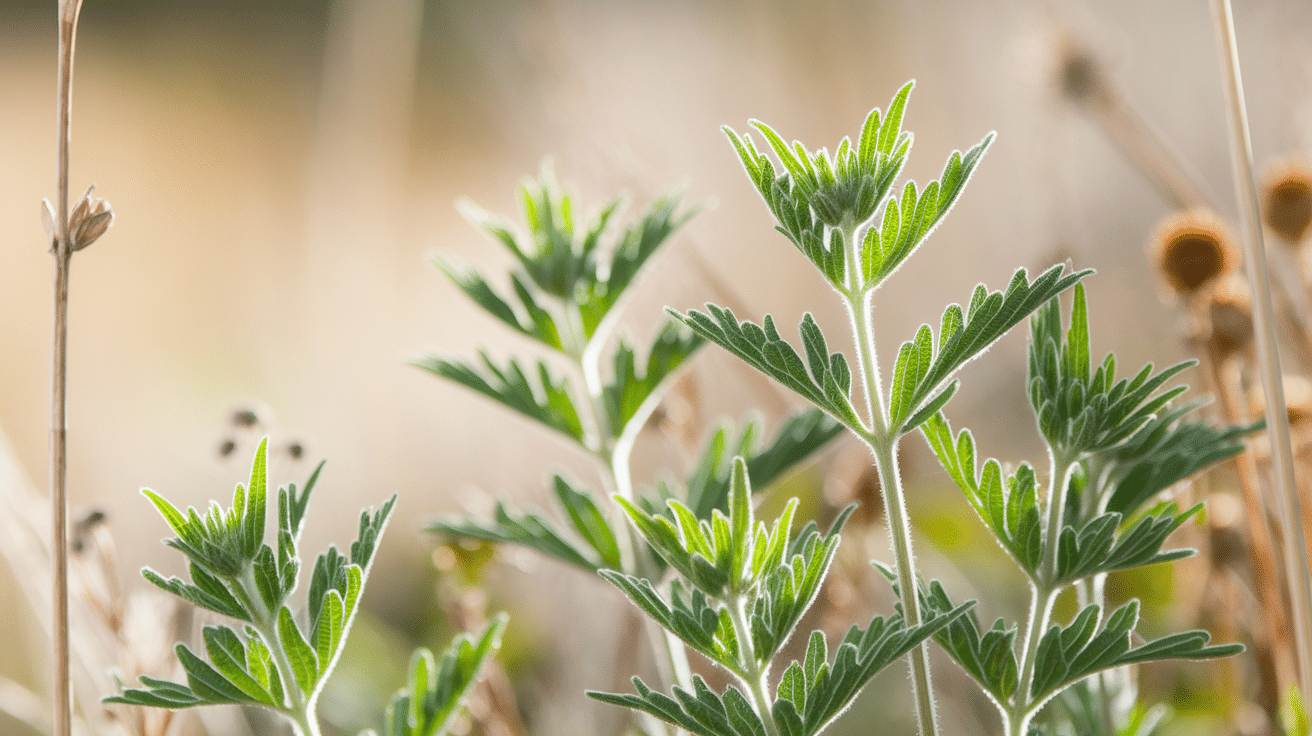
Yarrow is typically used for its medicinal properties, but its young leaves can be added to salads or brewed into tea. Known for its slightly bitter taste, it adds a unique flavor to dishes and is often included in wild foraging recipes.
- Mostly Found: North America, Europe, and Asia
- Fun Fact: Yarrow was traditionally used by soldiers in ancient times to stop bleeding and heal wounds.
- Nutritional Benefits: Rich in antioxidants and vitamin C, promoting overall health and protecting against free radicals. Anti-inflammatory properties that may help reduce pain and swelling. Supports digestive health and is used in herbal teas for this reason.
6. Yunnan Hackberry
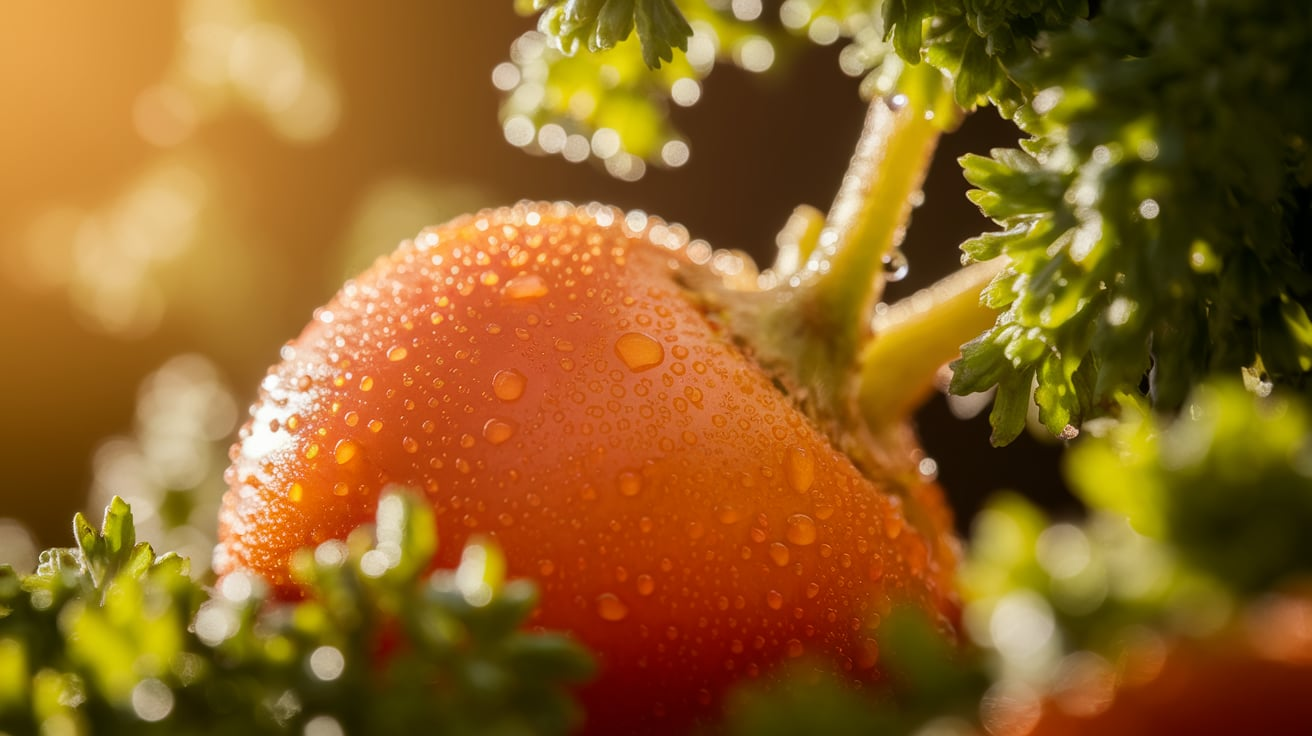
Yunnan hackberry is mostly used in Chinese cuisine, particularly in soups and broths. The leaves, stems, and seeds are used for their flavor and health benefits, making it an important ingredient in local dishes.
- Mostly Found: Yunnan region, China
- Fun Fact: The Yunnan Hackberry is often used in traditional Chinese stews and soups.
- Nutritional Benefits: High in fiber, supporting a healthy digestive system and promoting satiety. Contains antioxidants, which help fight oxidative stress and support overall wellness. Rich in vitamins A and C, which help maintain healthy skin and immune function.
7. Yellow Bell Pepper
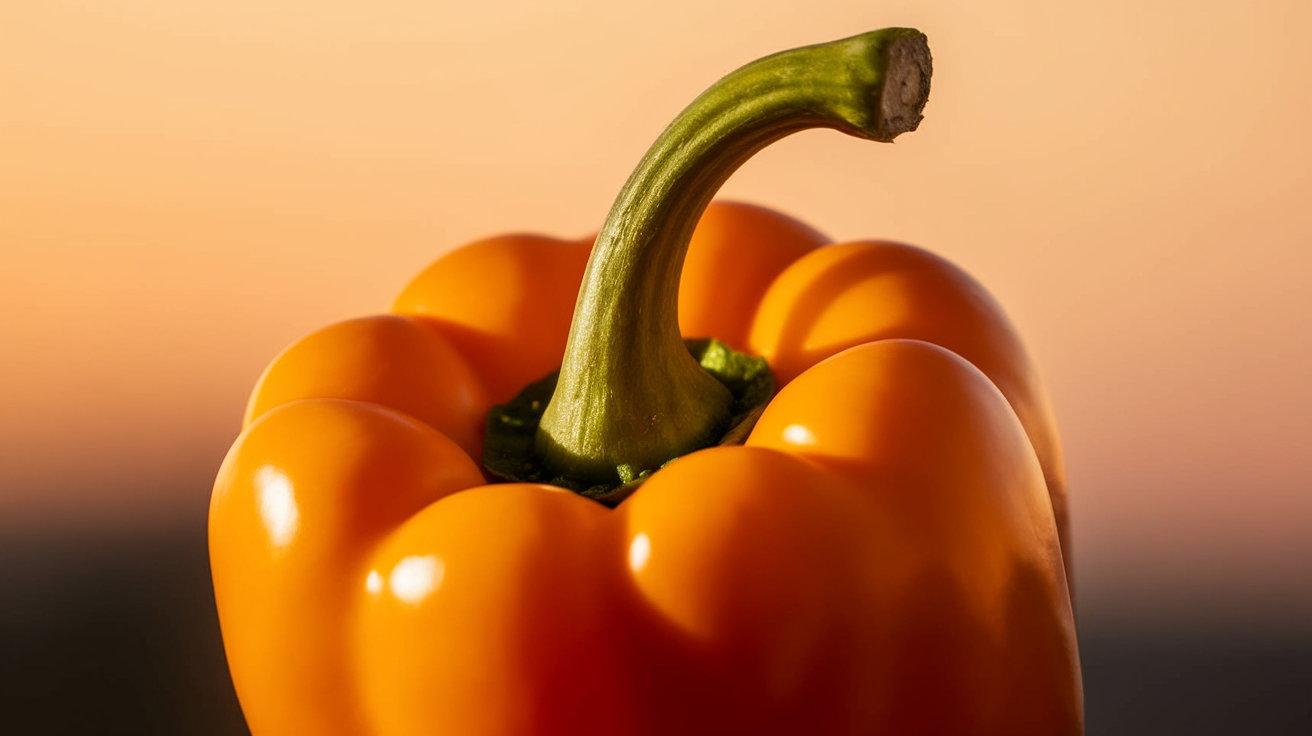
Yellow bell peppers are widely used in salads, stir-fries, and roasted dishes. Their sweet flavor pairs well with other vegetables and is commonly added to salsas, dips or as a garnish for various dishes.
Mostly Found: Worldwide, especially in warm climates
Fun Fact: Yellow bell peppers are sweeter than green bell peppers and have a mild, fruity flavor.
Nutritional Benefits: It is high in vitamin C, which boosts immunity and supports healthy skin. It is also low in calories, making it an excellent choice for a healthy snack or added to meals.
Rich in antioxidants, including carotenoids, which are beneficial for eye health.
8. Yellow Onion
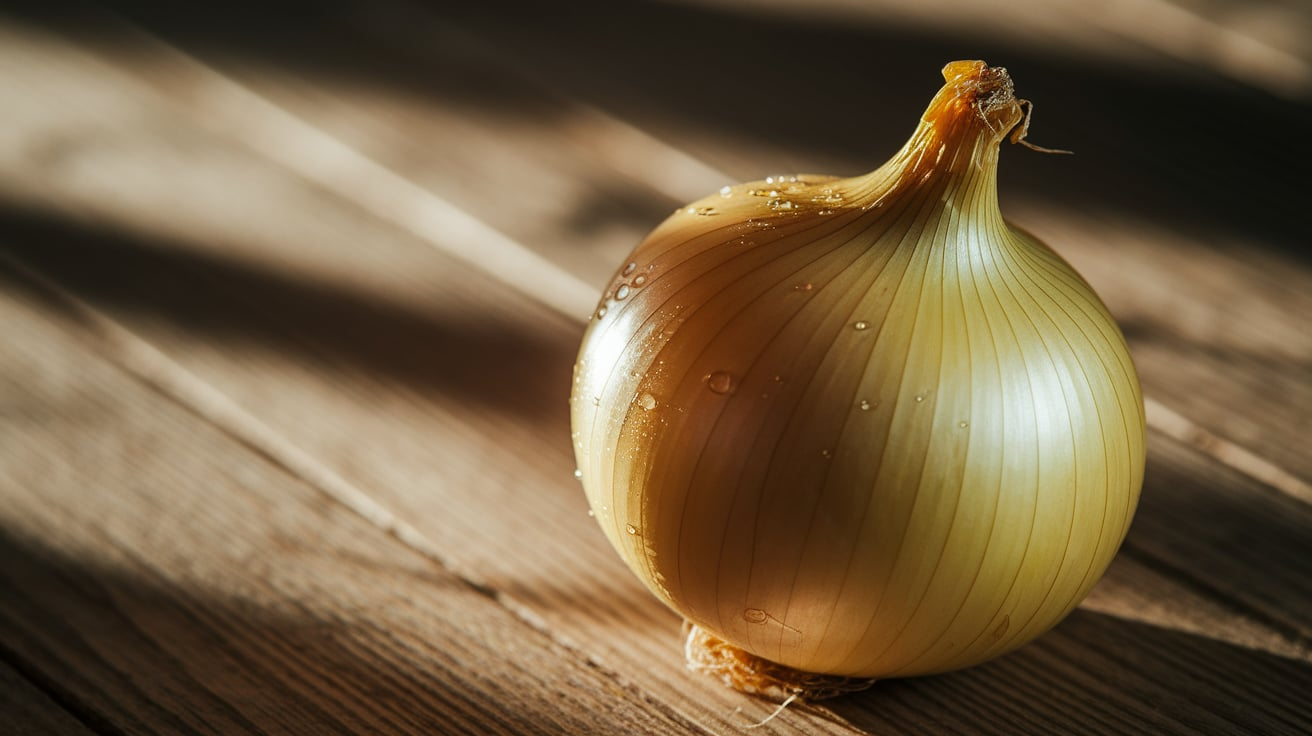
Yellow onions are the foundation of many dishes, from soups and stews to sautés and salads. When cooked, especially when caramelized, they bring out a natural sweetness and are an essential ingredient in many savory recipes.
- Mostly Found: Worldwide, especially in temperate climates
- Fun Fact: Yellow onions are the most commonly used onions for cooking, especially for caramelizing.
- Nutritional Benefits: High in antioxidants, particularly quercetin, which can help reduce inflammation. Rich in prebiotics, which support gut health by promoting the growth of good bacteria. Contains vitamin C, which is essential for immune function and skin health.
9. Yam Bean (Jícama)
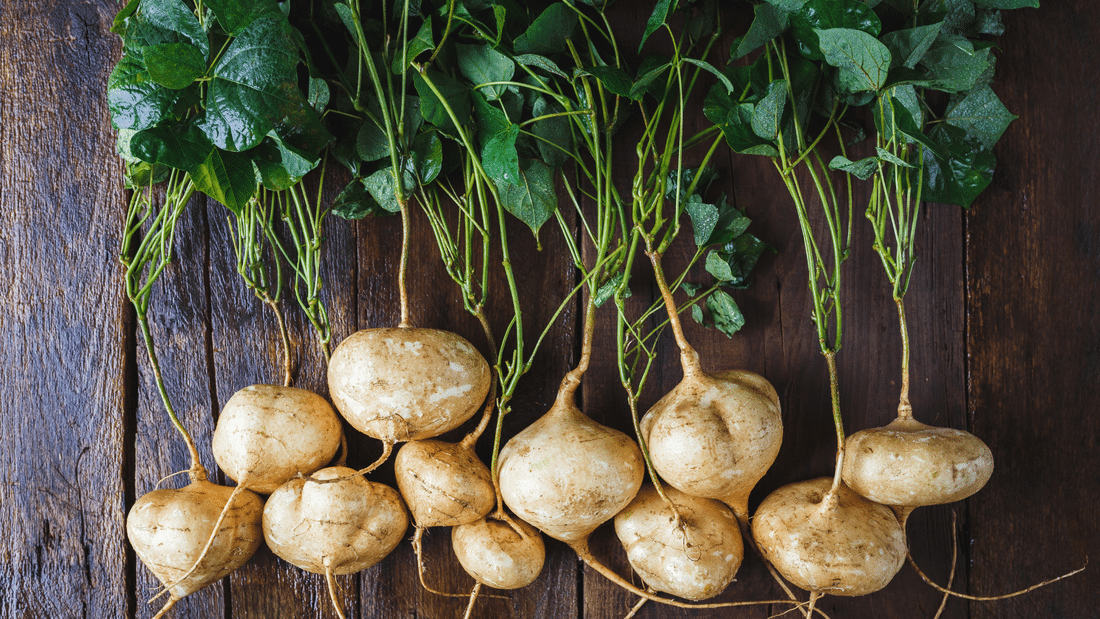
Jícama is typically eaten raw, often sliced into sticks, and enjoyed with chili powder, lime, and salt. It can also be added to salads, wraps, or stir-fries. Its crunchy texture and slightly sweet taste make it a unique addition to many dishes.
- Mostly Found: Mexico and Central America
- Fun Fact: Jícama is often eaten raw with chili powder and lime in Mexico, making it a refreshing snack.
- Nutritional Benefits: It is high in fiber, which promotes good digestion and helps regulate blood sugar levels. It is rich in vitamin C, which supports immune health and skin regeneration. It is also low in calories, making it a great choice for weight management.
Final Thoughts
Learning about vegetables with Y teaches us that healthy foods come in many shapes, sizes, and colors.
When we eat yellow squash, yams, yardlong beans, Yukon Gold potatoes, and young green shoots, we give our bodies important nutrients.
These vegetables can be found in grocery stores, farmers’ markets, and even home gardens. Each Y vegetable has its special taste and can be used in different recipes around the world.
Some are sweet, some are starchy, and some are crunchy! Remember to try new vegetables, even ones with strange names or looks.
The more colorful vegetables we eat, the better for our health. So, next time you eat, look for vegetables that start with Y and add them to your plate for a healthy, tasty meal!
If you’re interested in more informative education & learning content, feel free to click here and explore other blogs that you might enjoy!

